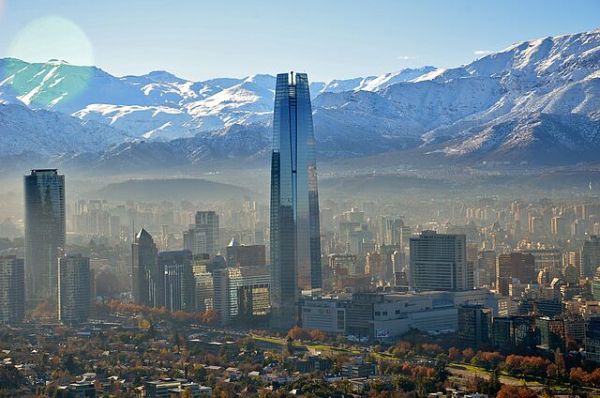Chile Introduces Monitoring Reporting Verification Tool for Renewable Energy

In Chile, a monitoring, reporting and verification (MRV) tool has been developed and implemented to quantify the contribution that small- and large-scale renewable energy projects make to greenhouse gas (GHG) mitigation.
To quantify the reduction of GHG emissions achieved by renewable energy projects, the Deutsche Gesellschaft für Internationale Zusammenarbeit (GIZ) and Chile’s Ministry of Energy jointly developed and implemented an MRV tool as part of the country’s Nationally Appropriate Mitigation Action (NAMA) Support Project for Self-Supply Renewable Energy (SSRE). The Chilean Ministry of the Environment also backed the development of this tool.
Methodology
Chile’s renewable energy MRV tool is a bottom-up system, which means that it estimates the individual emission reductions of each renewable energy project identified. The tool is applied in two ways: one approach covers small-scale renewable projects for self-supply while the other approach covers large-scale projects connected to transmission lines.
The first approach looks at the electricity and thermal generation of renewable energies intended for self-supply and quantifies the GHG emissions that will be avoided during the useful life (i.e. a minimum of 20 years) of the technology in question. The calculations are generally based on the installed capacity, the replaced energy source and the location – other parameters vary depending on each technology. The renewable energy technologies considered in this approach are photovoltaic solar, thermal solar, wind power, hydropower, geothermal heat pumps, biogas and biomass, including cogeneration.
The second approach needed to be developed because of the high participation of renewable energies in Chile’s energy grid. To better evaluate the emissions mitigated by these renewable energies, an adapted version of the MRV system is used to quantify the reduction of emissions by large-scale renewable projects – specifically those that generate power using photovoltaic solar, concentrated solar, wind power or hydropower technologies.
Quantification of Emission Reductions through SSRE
With the MRV system, it was possible to measure the GHG emission reductions of various categories of projects: SSRE installations, grid-connected renewable energy installations and small distributed generator installations. In total, the MRV system has been applied to some 6,000 renewable energy installations and thus provides a systematic approach to calculating emission reductions at a project level (bottom-up MRV system). Therefore, small-scale projects can now be accounted for in a uniform way, which makes it possible to measure their contributions towards Chile’s efforts to mitigate GHG emissions.
Contact:
David Fuchs david.fuchs@giz.de
Ana Almonacid ana.almonacid@giz.de
Read more about the NAMA Support Project Chile – Self-Supply Renewable Energy (SSRE) and consult the project’s factsheet.
Find out more about the project on its official website (available in Spanish).
